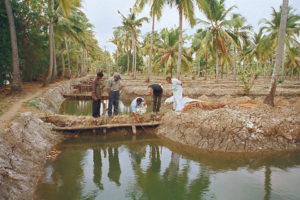
Added carbohydrates aid production in extensive culture
Tank and pond trials in India confirmed that the addition of carbohydrates to extensive shrimp ponds helped increase yield and reduce inorganic nitrogen.
The growing Pacific oyster culture industry in Australia is supported by cooperative research on genetic improvement and broodstock distribution.

Tank and pond trials in India confirmed that the addition of carbohydrates to extensive shrimp ponds helped increase yield and reduce inorganic nitrogen.
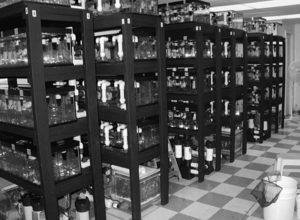
Through selective breeding, genetic improvement programs can develop shrimp lines that exhibit commercially desirable traits like fast growth, disease resistance and overall hardiness.
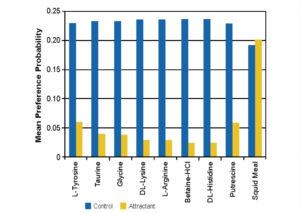
The methodology used in a Texas Agricultural Experiment Station study provided a useful tool for evaluating the attractiveness of individual ingredients in prepared shrimp feeds.

Genetic diversity loss occurs in any stock of shrimp allowed to inbreed at random. Intentional inbreeding for performance traits accelerates rate of loss.
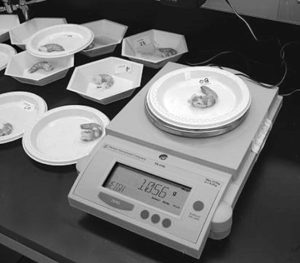
Studies show variability for shrimp carcass and meat quality traits, especially fat quality. Selection for growth may lead to increase in yield.
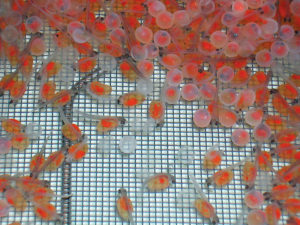
Genetic improvements are designed to modify plants or animals for greater production performance in such targeted areas as growth or disease resistance.
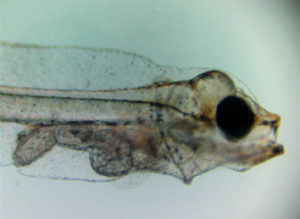
The successful replacement of live prey with microdiets for marine fish larvae is an important step in establishing effective aquaculture for the species.
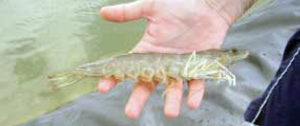
Kona line reference shrimp contribute to research by providing test stocks that are consistently and predictably susceptible to Taura Syndrome Virus.
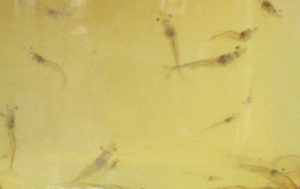
Results of ongoing studies demonstrate that selective breeding for both resistance to Taura Syndrome Virus (TSV) and fast growth in shrimp is achievable.
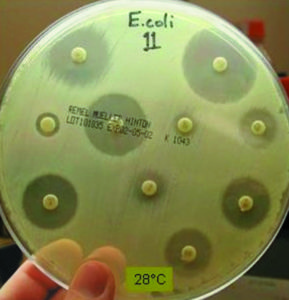
Methods and quality control ranges for bacteria testing, defined in studies by the Clinical and Laboratory Standards Institute, will ensure data precision and inter-laboratory harmonization.
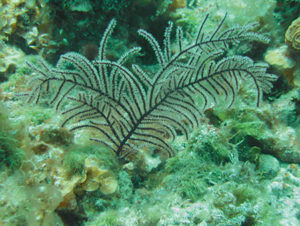
Authors’ studies indicate that cell culture of symbiotic dinoflagellates may be a viable method of producing a variety of anti-inflammatory agents.
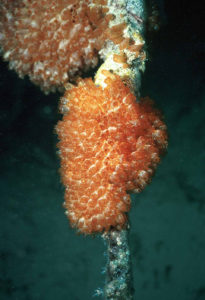
The marine environment is a rich source of unique compounds with pharmaceutical potential. Supply of most of these is a limiting factor in drug development.
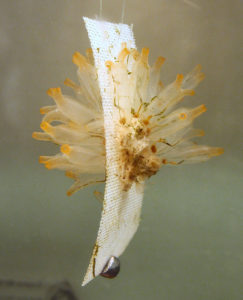
In vitro culture is a viable method for supplying some ascidian and sponge metabolites for drug development and production.
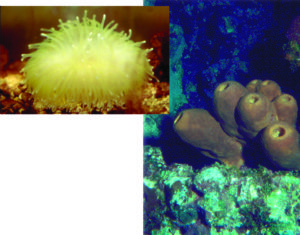
Aquaculture techniques used in the production of food organisms and commodity chemicals such as agar and agarose are appealing for large-scale production.
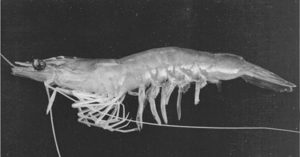
An Indian study showed that corn gluten, a byproduct of the corn starch industry, could be used to replace fishmeal in the diets of Indian white shrimp.